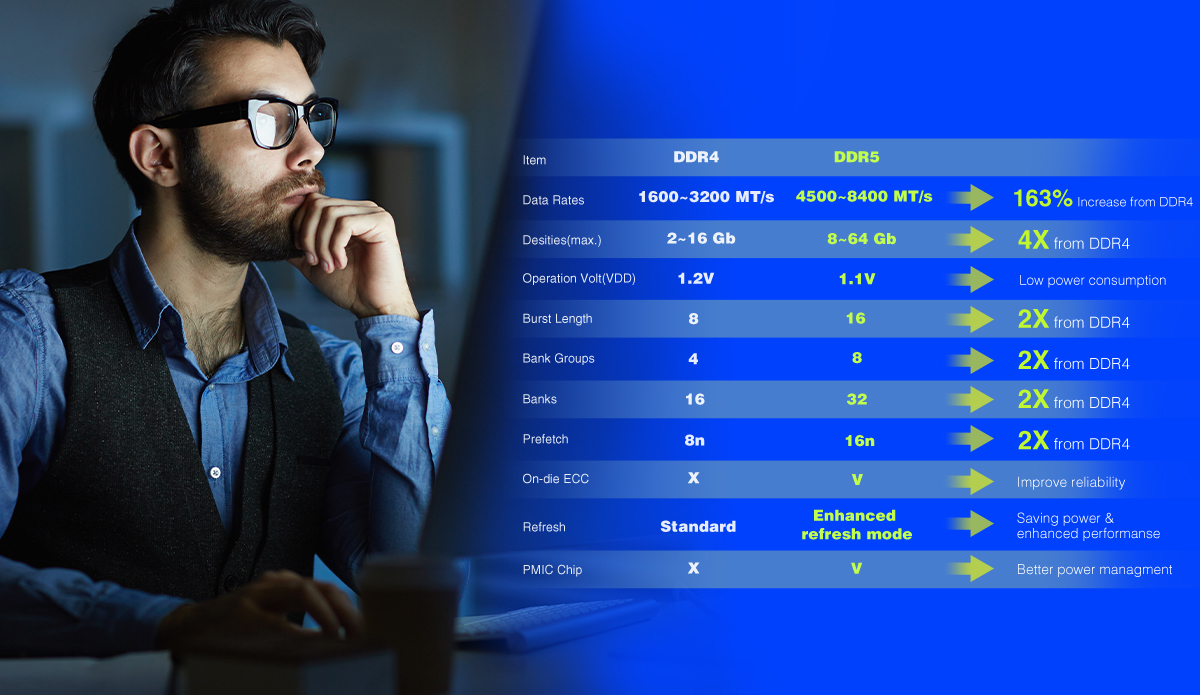Description
● Base frequency increase and full-speed upgrade ● Built-in power management IC saves power and is efficient ● Process optimization doubles the capacity ● On-die ECC system operation is more stable ● Supports the latest AMD and Intel platforms
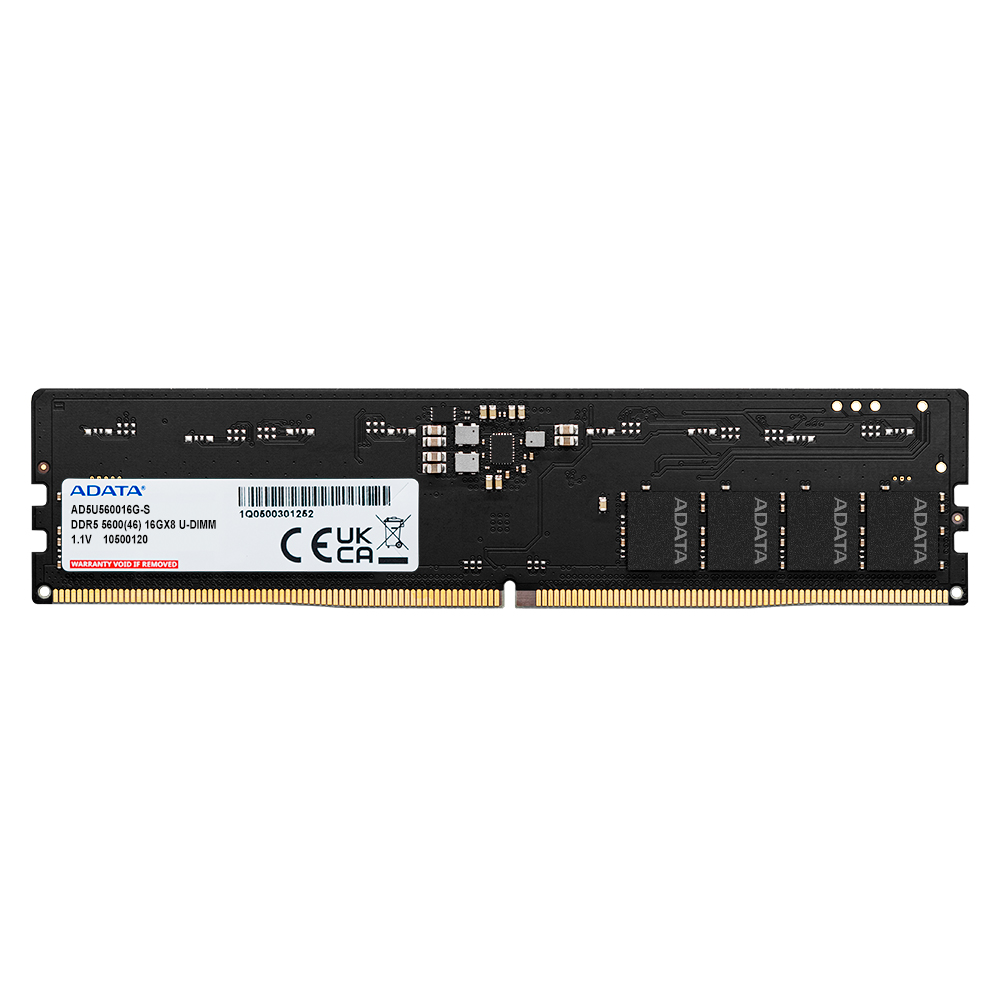
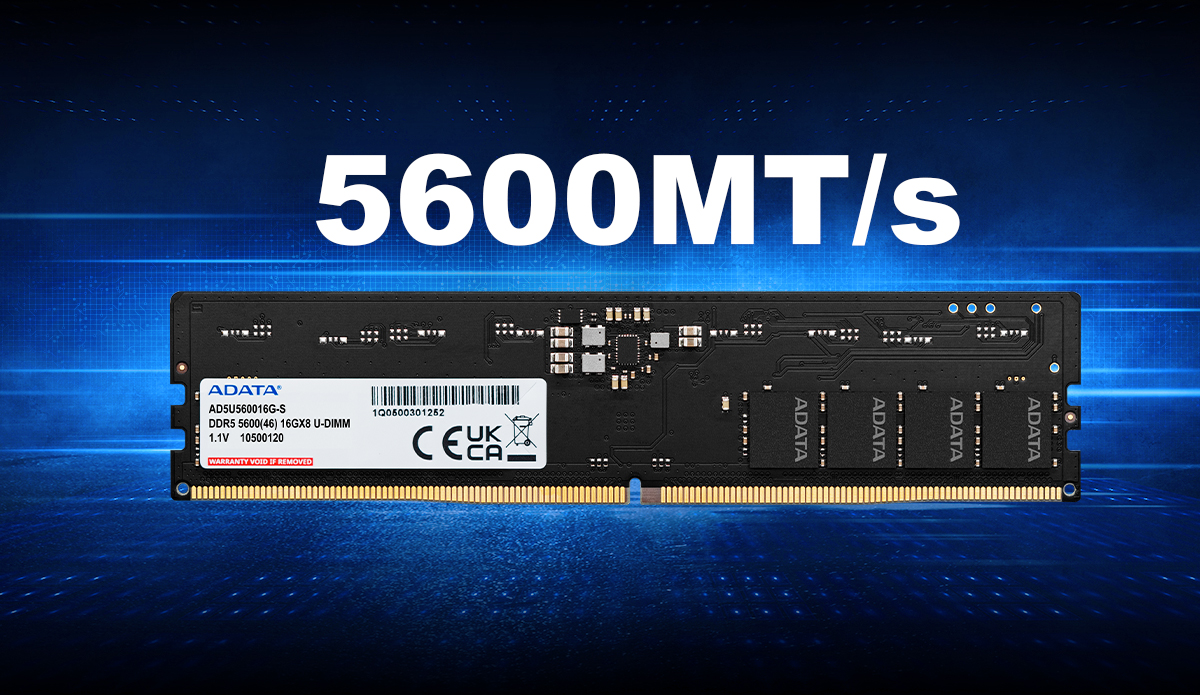
Base frequency increase and full speed upgrade
ADATA DDR5-5600 memory module increases the DDR4 maximum speed from 3200MT/s to 5600MT/s, greatly improving the data transmission performance of computer systems.
Built-in power management chip saves power and is efficient
The new generation DDR5 memory module has an operating voltage of only 1.1V, which is 8% more energy-saving than DDR4. In addition to being more energy-saving than DDR4, it also incorporates a power management chip (PMIC-Power Management IC), making it a high-performance DDR5 memory provides a more stable power supply.
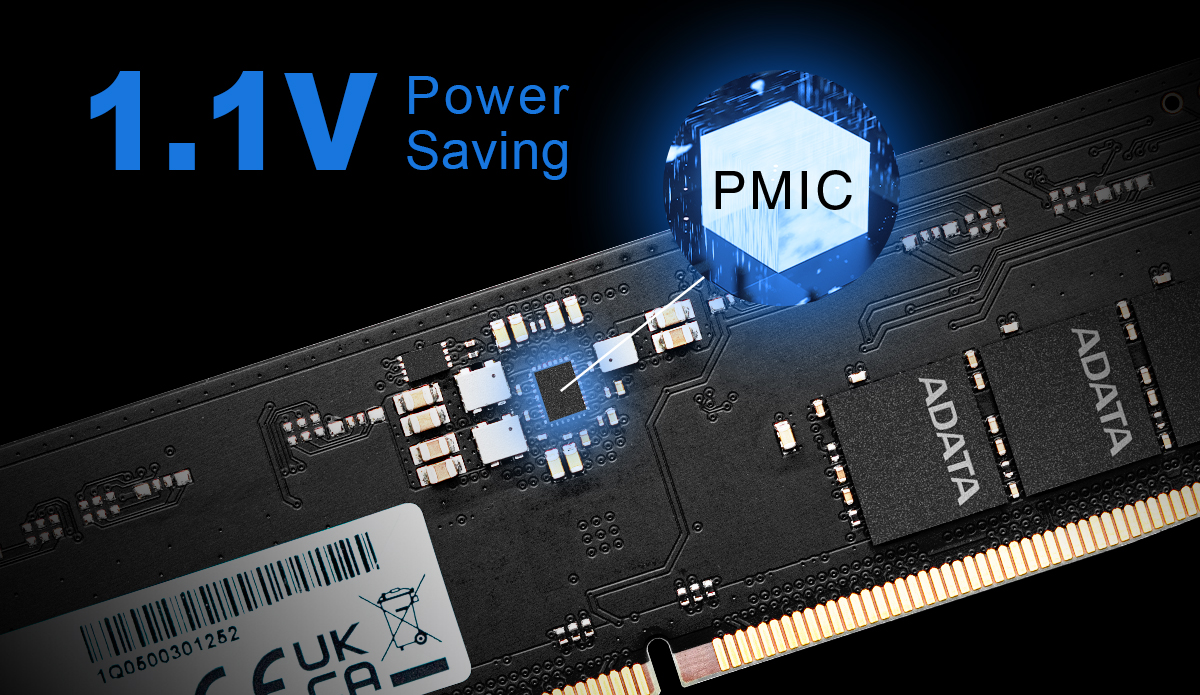
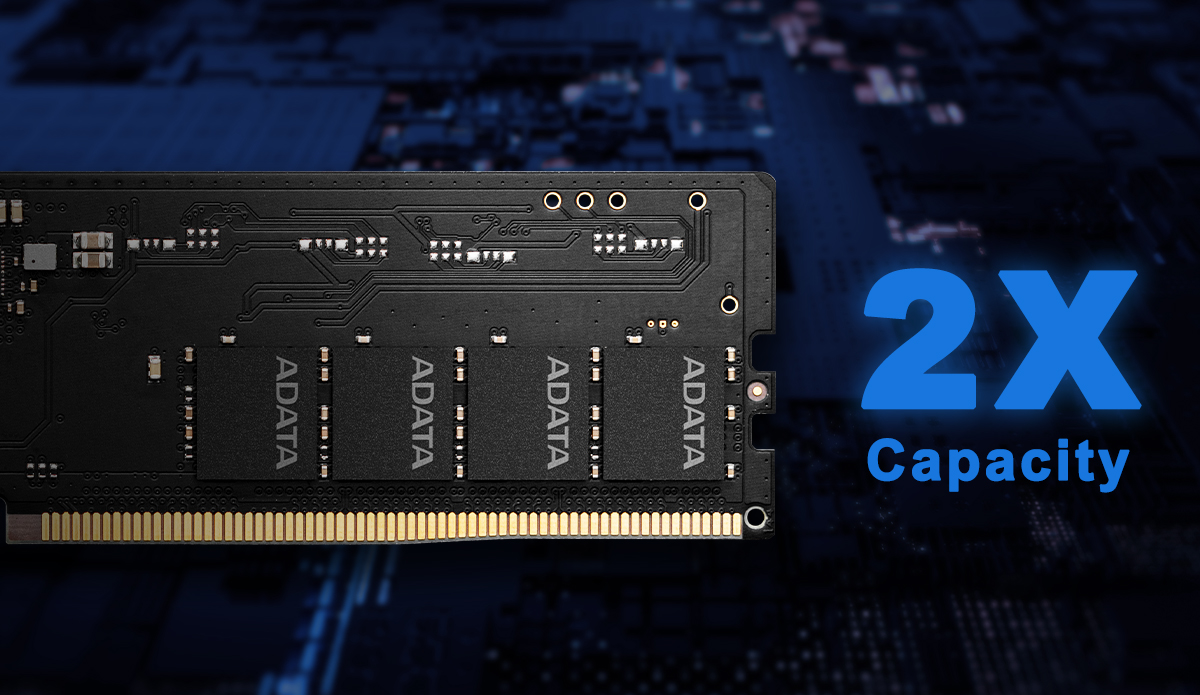
Process improvement doubles capacity
The DDR5 memory architecture allows for more Memory Bank groups and Banks, and can support more chip stacks. Under the same chip area, more integrated circuits can be stacked, allowing DDR5 to have 2 times more memory than the previous generation. With the above storage space, the computer can run multiple tasks at the same time without lag.
On-die ECC system operates more stably
DDR5 adds the ECC function directly to the particle chip, which can self-correct errors generated during data access within the memory particle without the need for correction by the CPU, providing a more stable and reliable operating performance for the computer.
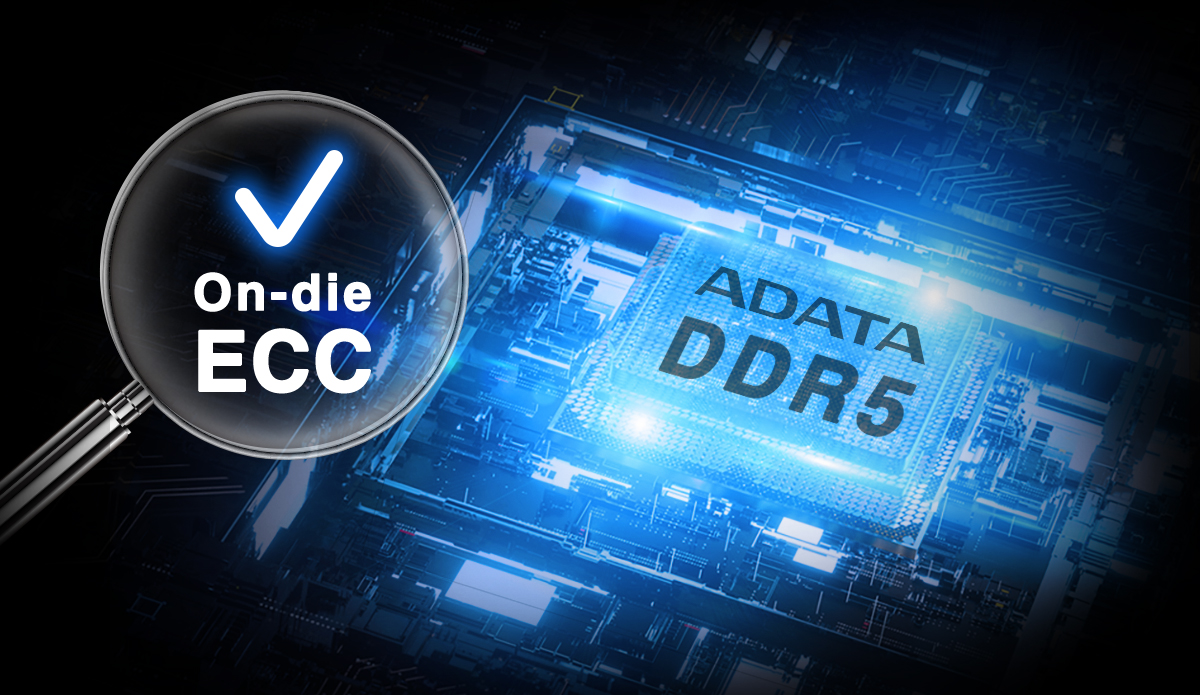
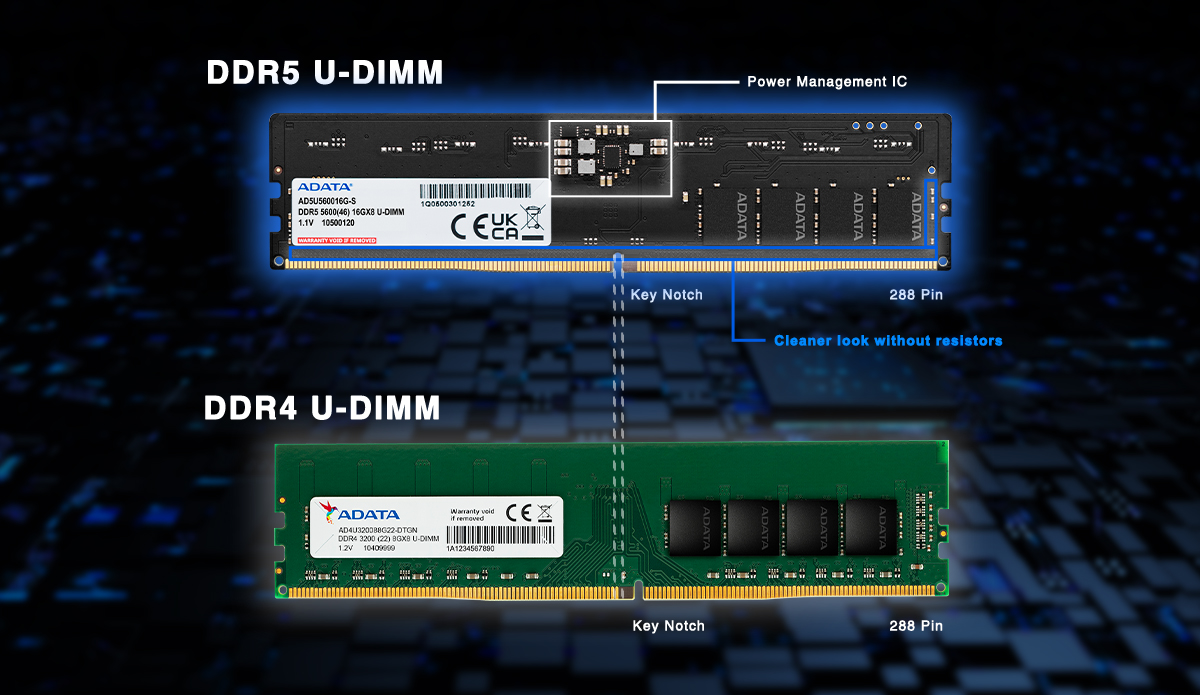
QuikTips: DDR5 vs DDR4 - Appearance
The new generation of DDR5 U-DIMM memory modules has the same appearance size and pin count as DDR4. The most obvious difference is the slightly different position of the anti-fool notch, and DDR5 integrates I/O resistors and CMD/ADD resistors. Among the chips, the appearance is simpler than DDR4. In addition, you can see the new PMIC (power management chip) on the front, which can provide a stable power supply for DDR5 and only has an operating voltage of 1.1V, which is 8% more energy-saving than DDR4.
QuikTips: DDR5 vs DDR4 - Chip Architecture
DDR5 memory particles provide 2 times the number of Banks and Bank Groups than DDR4, thereby increasing the capacity of the memory particles; in addition, DDR5's Burst Length and Prefetch are also increased by 2 times. In order to ensure data accuracy, the DDR5 chip incorporates an ECC function to provide more stable and error-free data operations.
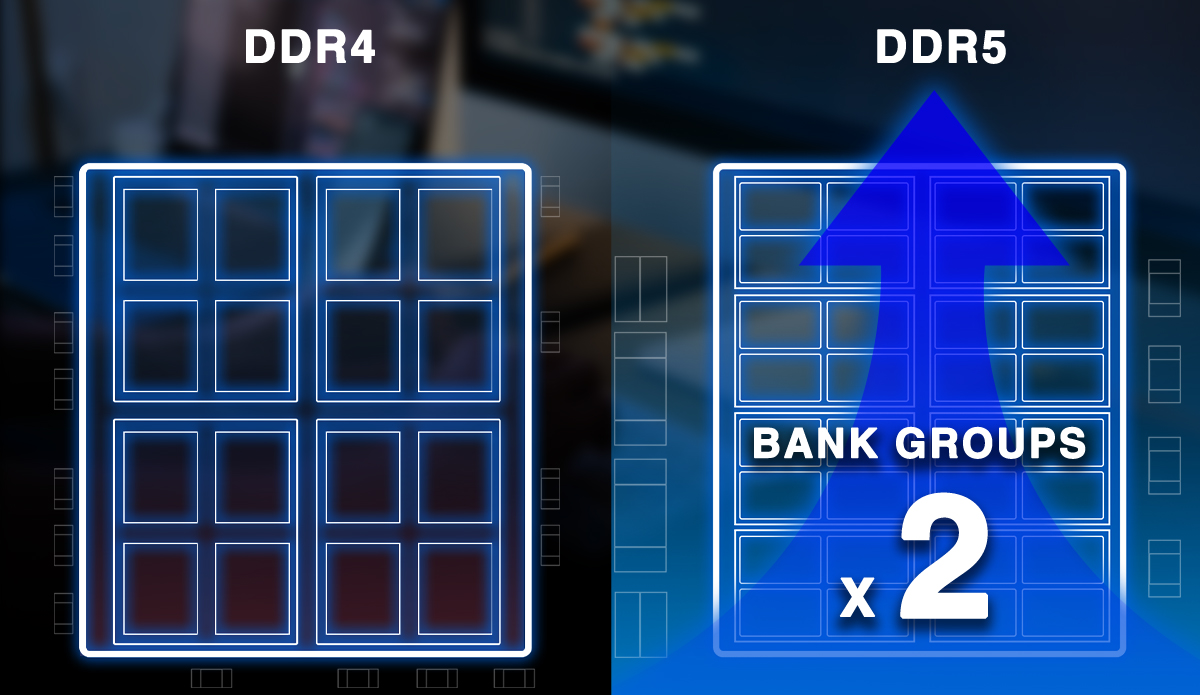

QuikTips: DDR5 vs DDR4 - Performance
After the expansion of the DDR5 chip architecture, the biggest change is the simultaneous increase in bandwidth and frequency. ADATA DDR5 memory module starts from 4800MT/s, and the bandwidth reaches 38.4GB/s, which is 50% higher than DDR4-3200. The maximum frequency has increased from 3200MT/s of DDR4 to 8400MT/s of DDR5, an increase of 1.63 times. The new generation of DDR5 not only has larger capacity, but also has faster speeds.
QuikTips: DDR5 vs DDR4 - Comparison Chart
From the specification comparison table, we can see that the new generation of DDR5 memory modules can bring substantial performance and stability to computers.
